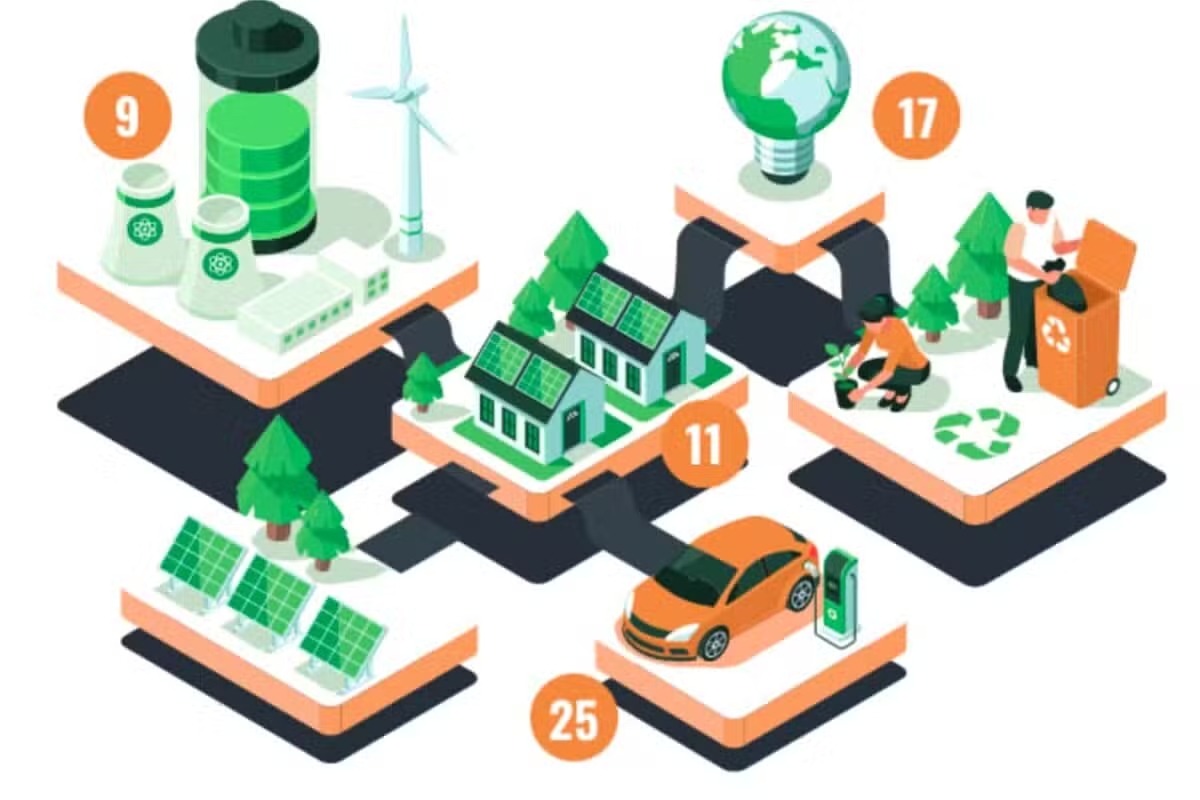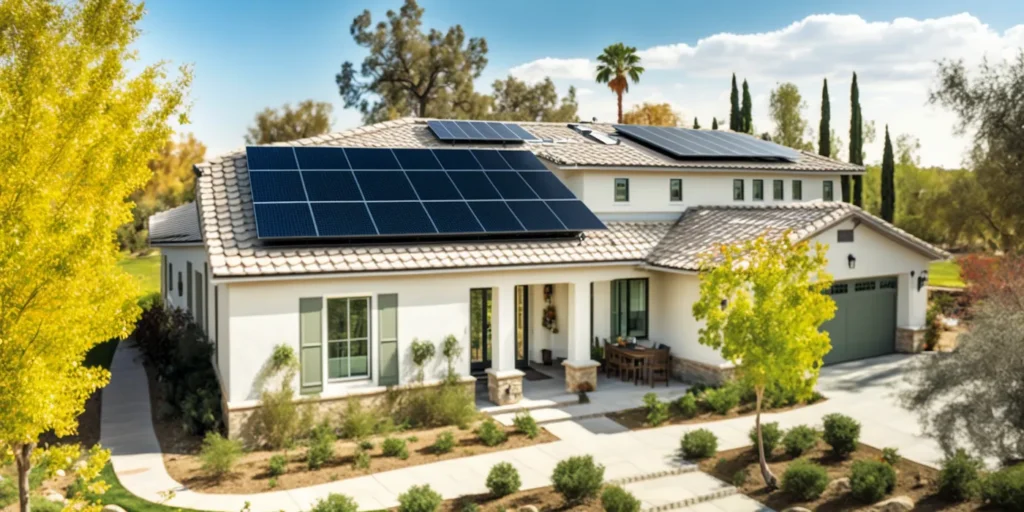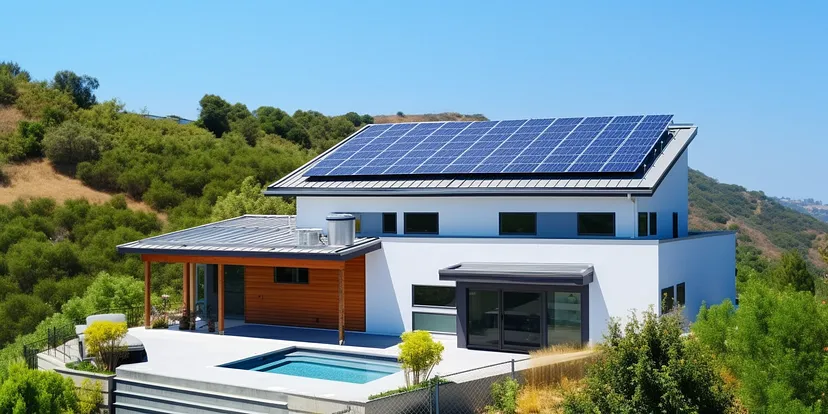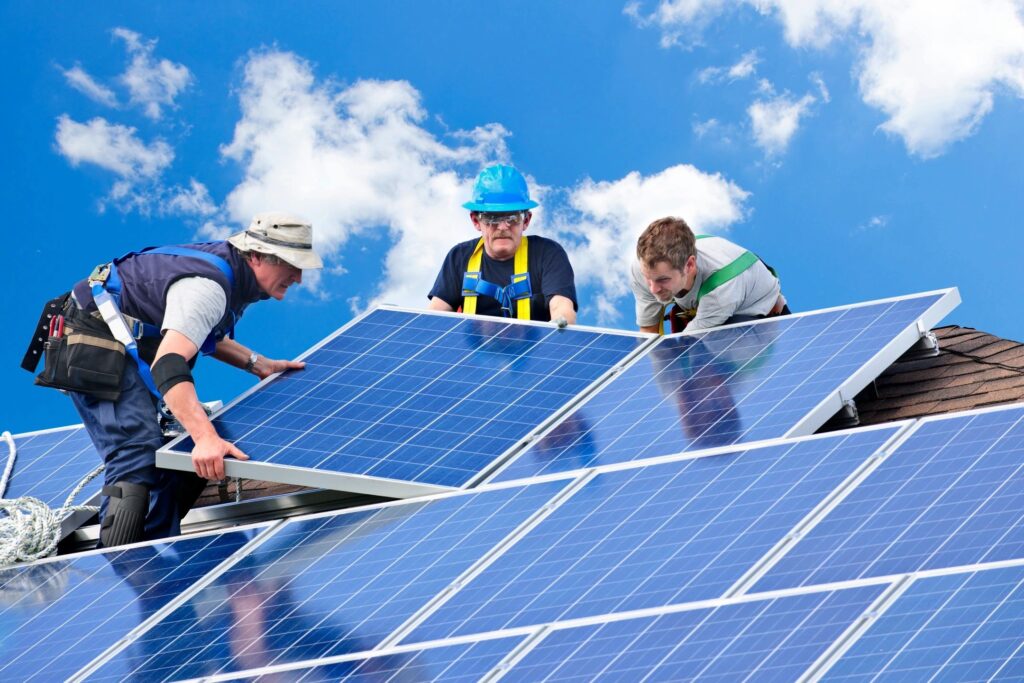SOLAR POWER FACTS
Harnessing the sun’s energy with solar panels is one of the cleanest ways to gain energy independence. As a dedicated solar panel company, we present some solar power facts so you can learn more about the benefits of going solar, its history and, the industry.

Small System
8-16 SOLAR MODULES (PANELS)
Size of System
2.5 - 5 kW
Roof Space Needed
200 - 500 sq ft
Expected Annual Production
3,200 - 6,400 kWh


Medium System
18-32 SOLAR MODULES (PANELS)
Size of System
7 - 14 kW
Roof Space Needed
450 - 850 sq ft
Expected Annual Production
8,960 - 17,920 kWh
Large Systems
34+ SOLAR MODULES (PANELS)
Size of System
15+ kW
Roof Space Needed
900+ sq ft
Expected Annual Production
25,600+ kWh

Frequently Asked Questions
Yes! The health and economic advantages of going solar are huge. Solar energy produces 91% less CO2 than natural gas and 96% less CO2 than coal.
Each system is unique with different determining factors, however, the average investment for a residential solar PV system ranges from $8000 to $45,000. Pricing will generally be between $2.50 to $3.50 per watt installed.
Yes, we will work with the lender of your choice to complete your purchase.
No, all of our mounting solutions are professionally engineered, guaranteed to ensure the integrity of your roof.
To prevent water intrusion on shingled roofs, we use metal flashing kits that create a watertight seal every time.
For certain types of standing seam metal roofs, clamps are attached directly to the seam, preventing the need for penetrations through the roof.
The net-metering program is designed for those who wish to generate electricity for their own use. When you generate more electricity than you need, you sell the excess back to the utility company, and rest assured that if you don’t generate enough electricity to meet your usage (during snowy, cloudy or, rainy times) you can buy it from the utility company. It’s that easy.
In Alberta with the Micro Gen Regulation when you send energy back into the grid, you will receive a credit to put towards your future electricity usage.
In British Columbia, when you sell energy back to the utility company, you will receive a credit to put towards your future electricity usage, and in addition at the end of the year if you have provided more power than you’ve used, the utility company will write you a cheque.
No, grid-tied inverters have an “anti-islanding” feature built into their software that senses change in frequency (i.e.: the power goes out), the inverter will respond by automatically shutting down. This inbuilt mechanism is for safety purposes, for example, if a linesman was working on the down electrical lines and the solar PV system was producing an “island” of power and sent it back into the grid, the linesman would get shocked or electrocuted.
If you are interested in having a battery backup system for emergency situations, hybrid systems are available upon request.
Generally, the break-even point is between 10 to 20 years. To determine a more accurate timeline, Empower Energy will calculate the amount of energy your PV system is projected to produce. We then calculate the value of that energy year over year with anticipated energy costs.
If you are interested in learning more about your return on investment, feel free to contact us and we will do this for you free of charge.
In Alberta We have the Micro Generation Regulation that basically allows us to use the grid like a giant battery. There are Provincial rebates now available as well, contact your local Empower Energy branch for more details.
In British Columbia The net-metering program is an incentive for any customer who generates more electricity than they need, once a year, on the anniversary date, B.C. Hydro purchases the excess electricity at the rate of 9.99 cents per KWH.
Federal Government For private enterprises the “accelerated capital cost allowance rule for renewable energy systems” allows commercial users to write-off the majority of the asset cost within the first four years.
Solar panels come equipped with a 25 - year power warranty and 10 - 12 year warranty on materials & workmanship.
Most inverters come with a 10 - year warranty and extended warranty is available for up to 25 - years.
Product warranties such as these ensure that your home/business will be an independent powerhouse for years to come.
There are solar systems over 40 years old that are still producing energy. However the solar modules will produce around 0.5% less energy year after year so a 30 year old system could still produce around 85% of what it originally produced.
Western Canada has some of the highest PV potential in the world. Canada has higher solar radiation than Germany which is a country with one of the largest solar energy production industries.
All we need is a pic or scan of your latest electrical bill. This provides us with your historical energy consumption, as well as your address and site ID so we can take a look at your roof with satellite imagery.
With this information we can give you a good idea of cost and options.
If you want to proceed we will then complete a site visit to confirm the details needed for your final quote.
Glossary
Photovoltaic Panel (PV)
Solar cells, also known as photovoltaic (PV) cells, convert sunlight directly into electricity. PV is named after the PV effect which is the process of converting light (photons) into electricity (voltage).
kWh
Kilowatt-hour is a unit of measurement used to derive the amount of energy consumed over a given time period (i.e. this month my house used 1100 KWH’s).
Inverter
A device that converts direct current (DC) into alternating current (AC)
The electrical power grid
An interconnected network for electricity from suppliers to consumers. It consists of generating stations that produce electrical power, high voltage transmission lines that carry power from distant sources to demand centers, and distribution lines that connect individual customers.
Retailer
A company that purchases wholesale energy from the Electricity Generators and sells the electricity to the end user such as a home or business.
Off-Grid Solar PV System
Also known as a standalone photovoltaic system, is a system that is not connected to the power grid. Typically located in a remote area where there is no existing electrical infrastructure. This type of system usually includes a battery storage system and a backup generator.
Electric Utility Company
A company in the electric power industry (often a public utility) that engages in electricity generation and distribution of electricity for sale generally in a regulated market.
Electricity Generator
The Electricity Generator produces the energy and sells it wholesale to the Retailer.
Grid-Tied Solar PV System
Is when your solar energy system is connected into an existing system which is tied to the power grid. Any excess energy that is not consumed while the sun is shining will flow back into the grid and a credit is received. This type of system does not require any batteries.
Wire Service Provider (WSP)
The WSP is responsible for the transmission and distribution of electrical energy and maintains the infrastructure that carries the energy to your site. The charges for this service are included on the energy bill from your retailer.
